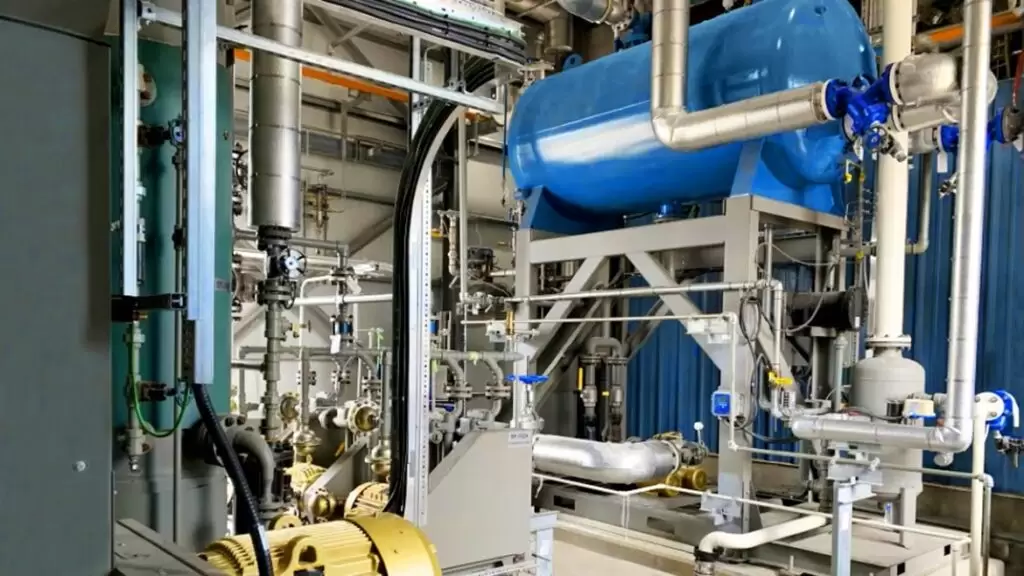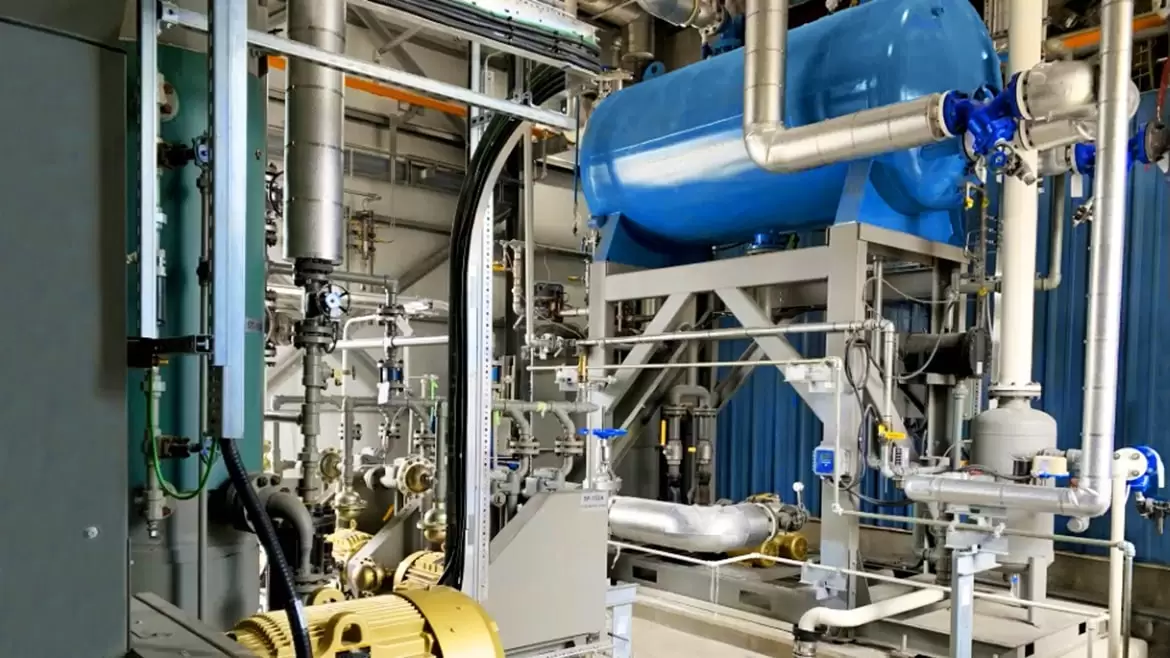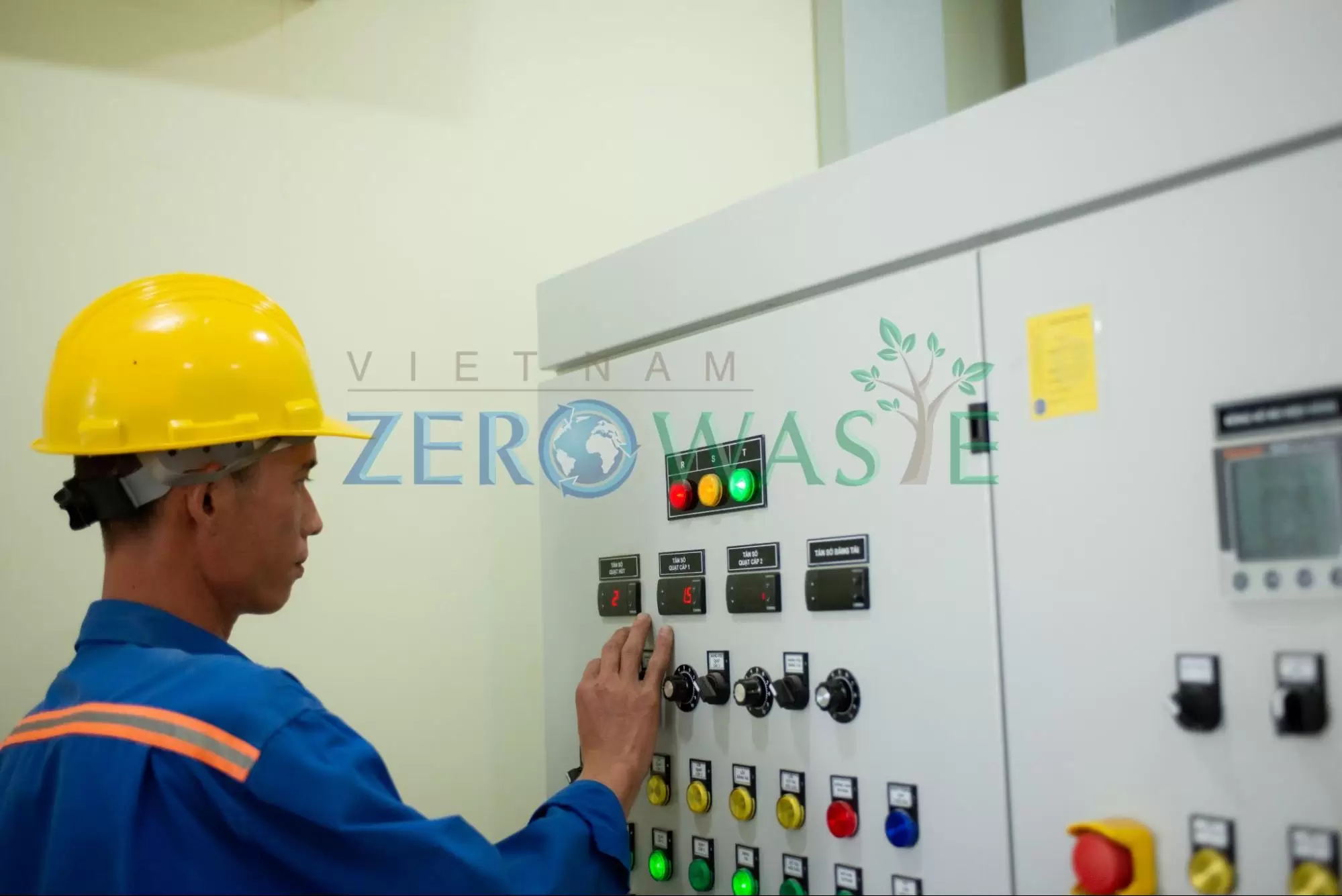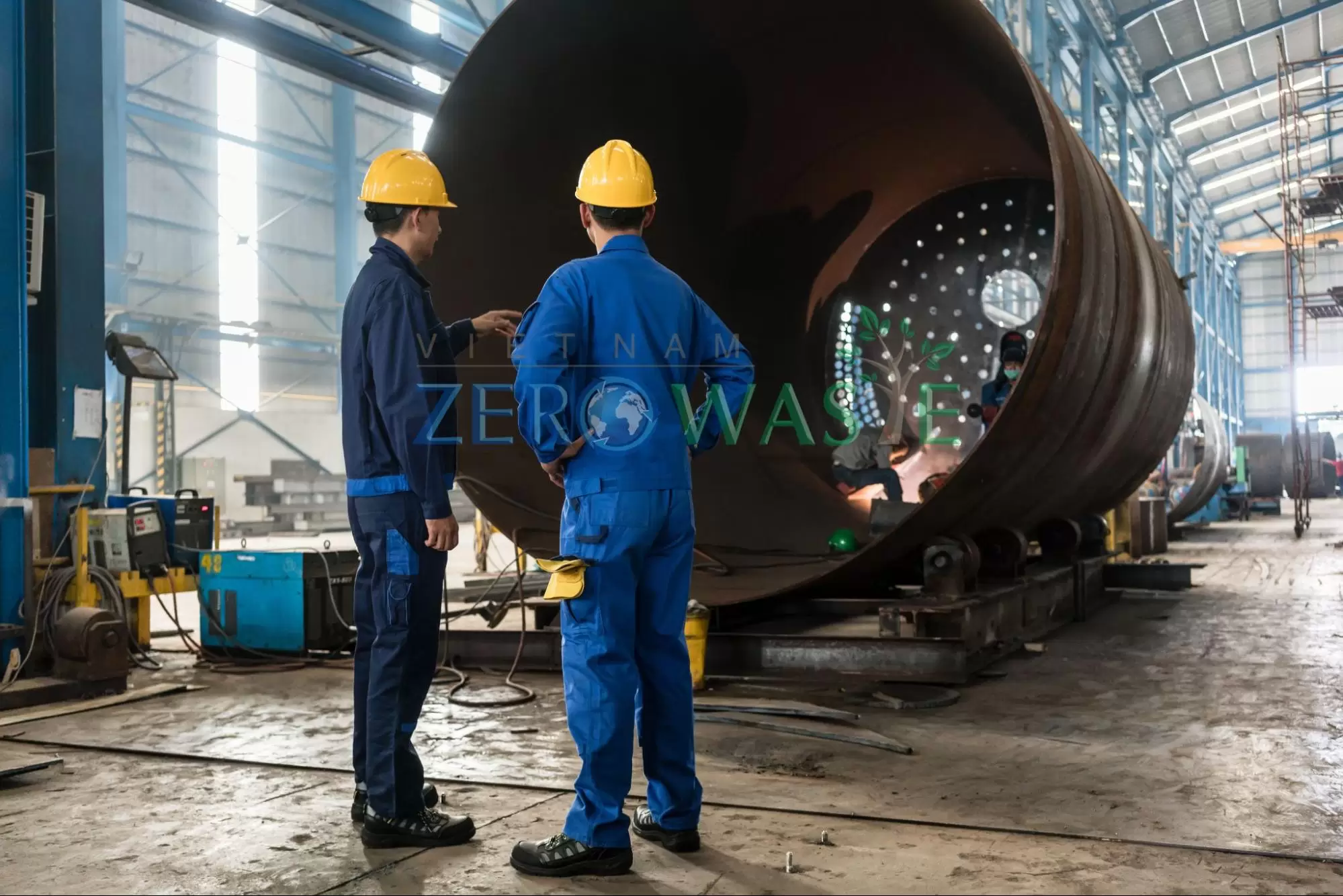
If boiler safety isn’t assured, this gadget will be a ticking time bomb, jeopardizing the entire plant. Experts say poorly-maintained boilers will explode. The following boiler safety tips can prevent accidents.



The primary causes of industrial boiler explosions
Some common errors and causes of industrial boiler explosions in factories and businesses that pose a threat to boiler safety include:- A damaged safety valve, as well as boiler corrosion.
- Staff’s carelessness in operating process.
- Sedimentation occurs after a period of use in all coal-fired or industrial boilers. This layer of sediment builds up over time and clogs the pipe. If the deposit on the boiler’s wall becomes too thick, it will reduce the thermal conductivity. The high pressure that the boiler wall cannot withstand if the temperature is too high increases the risk of a dangerous boiler explosion.
Equipment required to meet boiler safety
- Safety valve: installed in accordance with the manual. When a safety valve is installed, it is legally prohibited to install a shut-off valve in the steam pipeline. It is not acceptable to diminish the safety valve’s ventilation surface. The responsible authority must annually inspect and seal safety valves. The boiler operator is not permitted to modify the safety valve’s operating conditions in any way.
- Pressure Gauges: Each device must have pressure gauge 01 installed in a conspicuous place, protected against collisions and checked annually.
- Plumbing set: Includes dark water pipe, light water pipe, and boiler shut-off valve. Light water pipes must be impact-protected and labelled with the highest and lowest water levels per manufacturer’s recommendations. To ensure optimum functioning, the water level indicator electrodes must be routinely checked.
- Water supply pump: To avoid a water shortage that could cause the boiler to overheat and distort, the water supply must have sufficient capacity, pressure, and flow (high risk of fire and explosion). The water pump’s electrical system needs to be shielded against electrical leakage.
- Pressure relay: used to keep the boiler’s operational pressure within acceptable bounds. Pressure relays need to be properly positioned when installed, checked frequently, and protected from deformation.
- Blowdown valve: to clean out the water tank’s inside of water and lime scale for long-term boiler protection. When the boiler is working at operational pressure, water and scale are removed through the blowdown valve.
- Steam release valve: used to expel steam during accidents and boiler combustion. The trigger needs to be taken outside the plant to a secure location.

Required Equipments to meet boiler safety
Cautions for strating the boiler
- Hydraulics must be carried out at the specified pressure before starting the boiler.
- When starting the boiler, check that the pump inlet is open.
- Install automatic ash removal systems, such as boiler bypass valves, to prevent ash buildup. The buildup can choke or overheat boiler parts.
- When starting the boiler, the pump must be primed.
- All loose and incorrect connections must be checked and repaired before starting the boiler.
- Trained and technically qualified boiler operators must be employed to operate the boiler effiectively.

Cautions for strarting the boiler
Regular boiler safety inspection procedures
Experts say companies can prevent and warn of boiler explosions by taking these steps:- Never operate the boiler above rated pressure. Check the safety valve and molten plug.
- The holes need to be cleaned regularly.
- The tank must be installed and checked before pumping to remove pollutants from boiler feed water and prevent supply line clogging.
- Before entering the boiler, water must be treated to prevent filth buildup.
- Regular inspections and maintenance of the boiler’s fittings and valves prevent damage and cracking.
- Make sure the boiler’s vents aren’t covered with cloth, etc.
- Check risky areas for steam, water, air, and exhaust leaks.
- Follow the boiler’s instructions for safe and efficient operation.
- The control system must be cleaned regularly and kept cool and isolated from the boiler.
- Check that all hot parts of the boiler are insulated, do not touch uninsulated parts with bare hands.
- It is critical to maintain the system of primary and secondary fans, as well as to regularly inspect all moving parts for ease of use.
- Regular cleaning of equipment in the boiler area is essential.
- To ensure safe motor operation, do not increase the frequency of the inverter above 50 Hz.
- Compliance of the pressure switch, safety valve and pressure gauge shall be checked.
Measures for periodic boiler safety monitoring
- Clean boiler tubes routinely to prevent ash and grime buildup. Noncompliance will damage the boiler’s performance and lead to overheating and pipe leaks.
- Primary and secondary air conditions must be maintained during refueling.
- Check burner back pressure and line pressure on a periodic basis to prevent heat dangers.

Boiler safety check measures
Above is boiler safety information to prevent fire and explosion. Contact us if you need a reliable boiler. Việt Nam Zero Waste- Address: 20/4 Symphony internal street, Phu My Hung Midtown, District 7, Ho Chi Minh City
- Phone: 0947 899 363 (Mr. Sơn) – 0975 337 933 (Mr. Khang)
- Email: info@vietnamzerowaste.vn
- Website: https://vietnamzerowaste.vn


